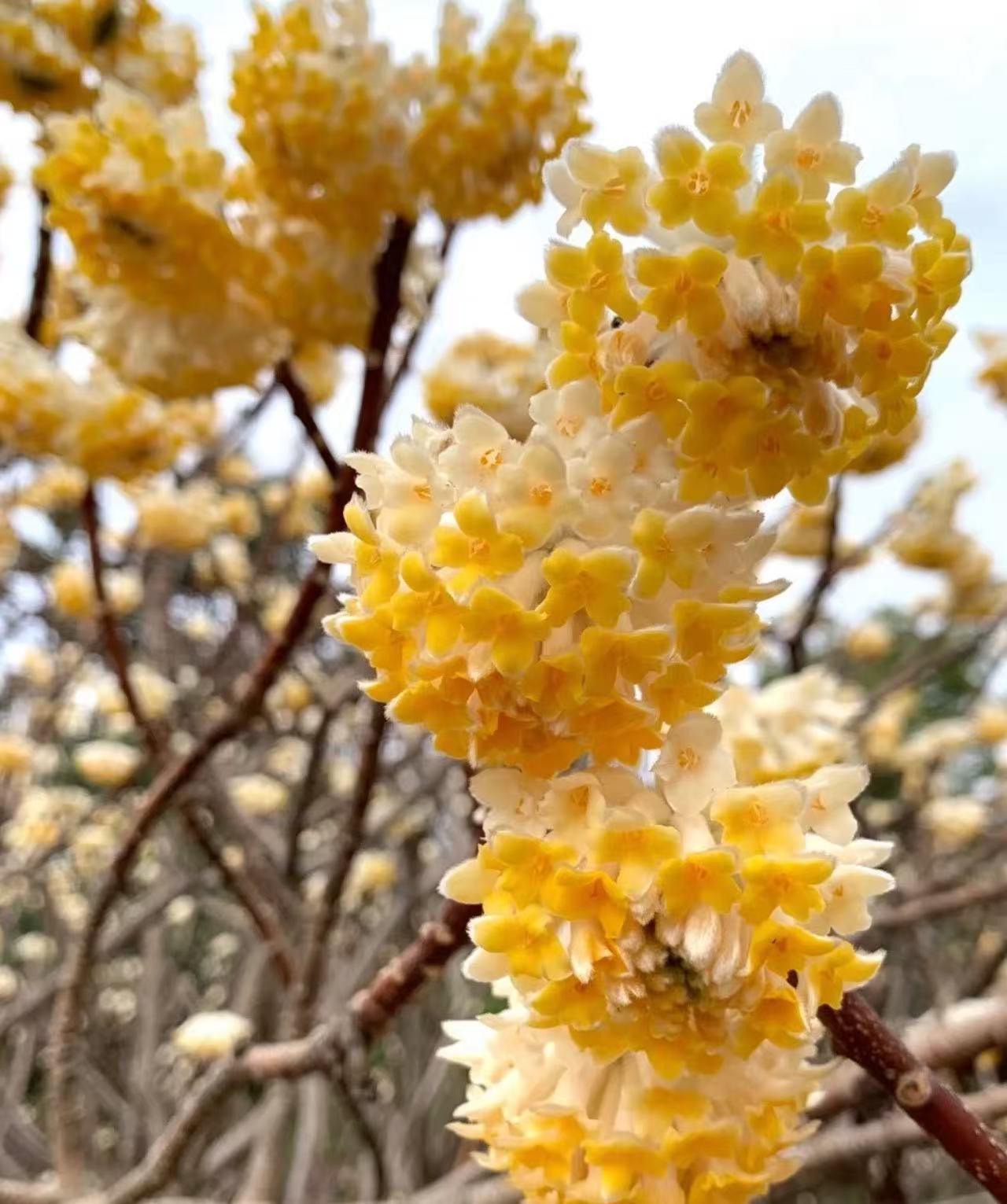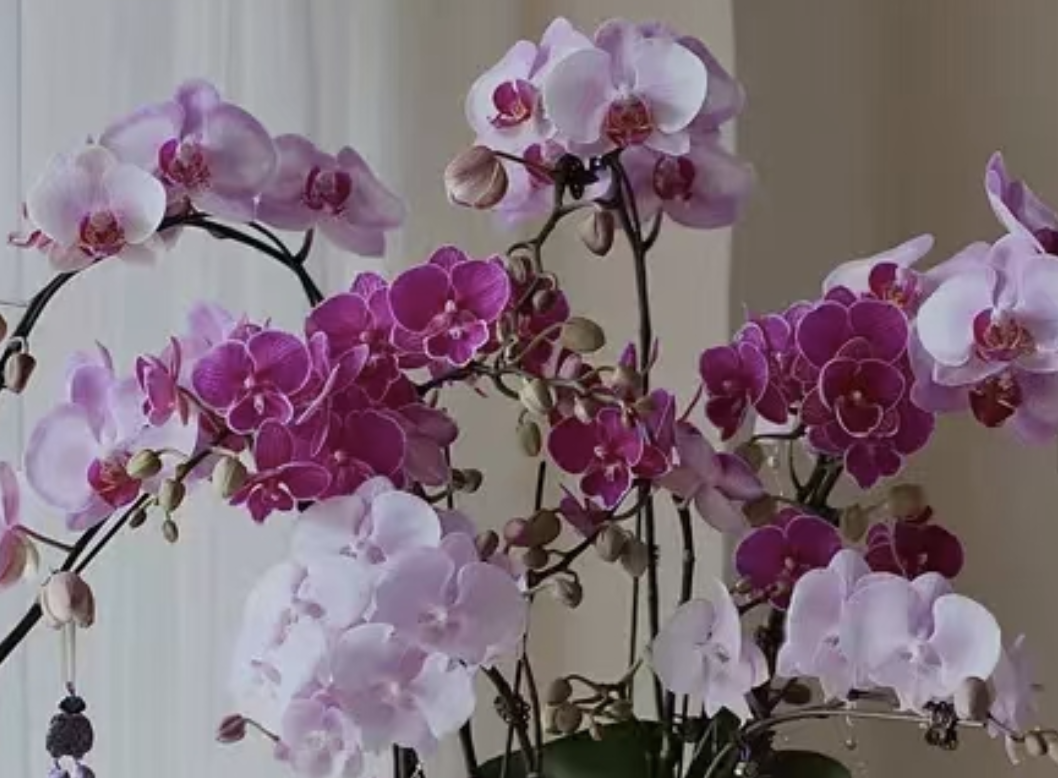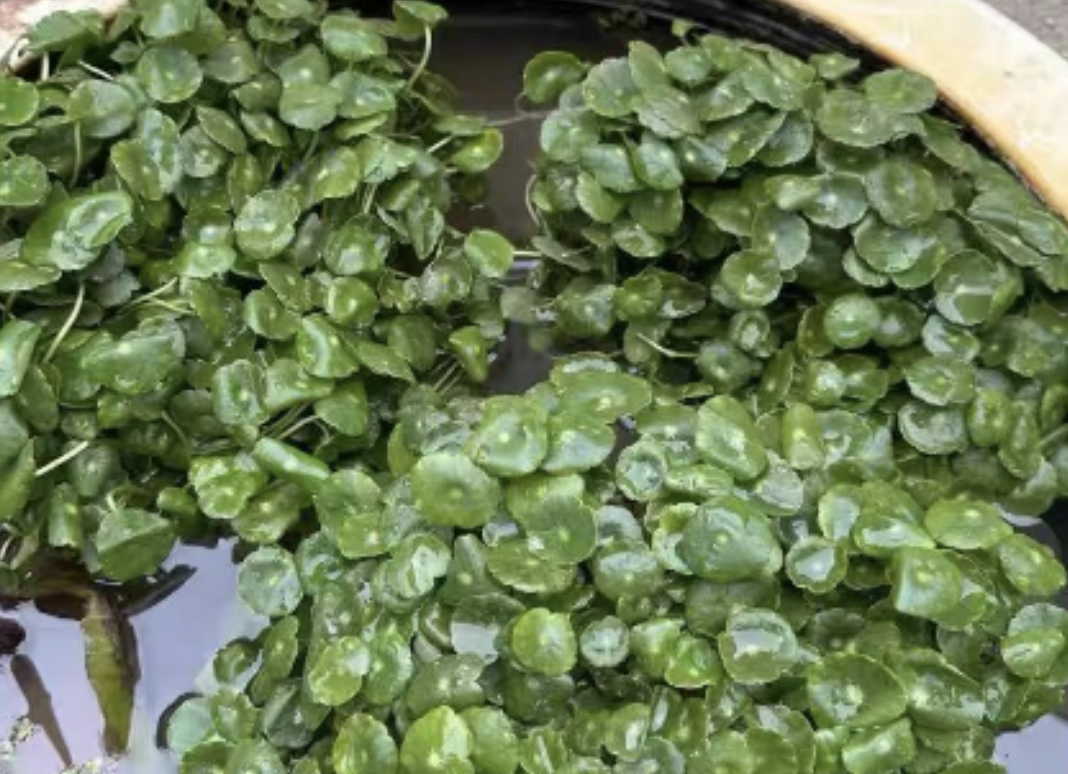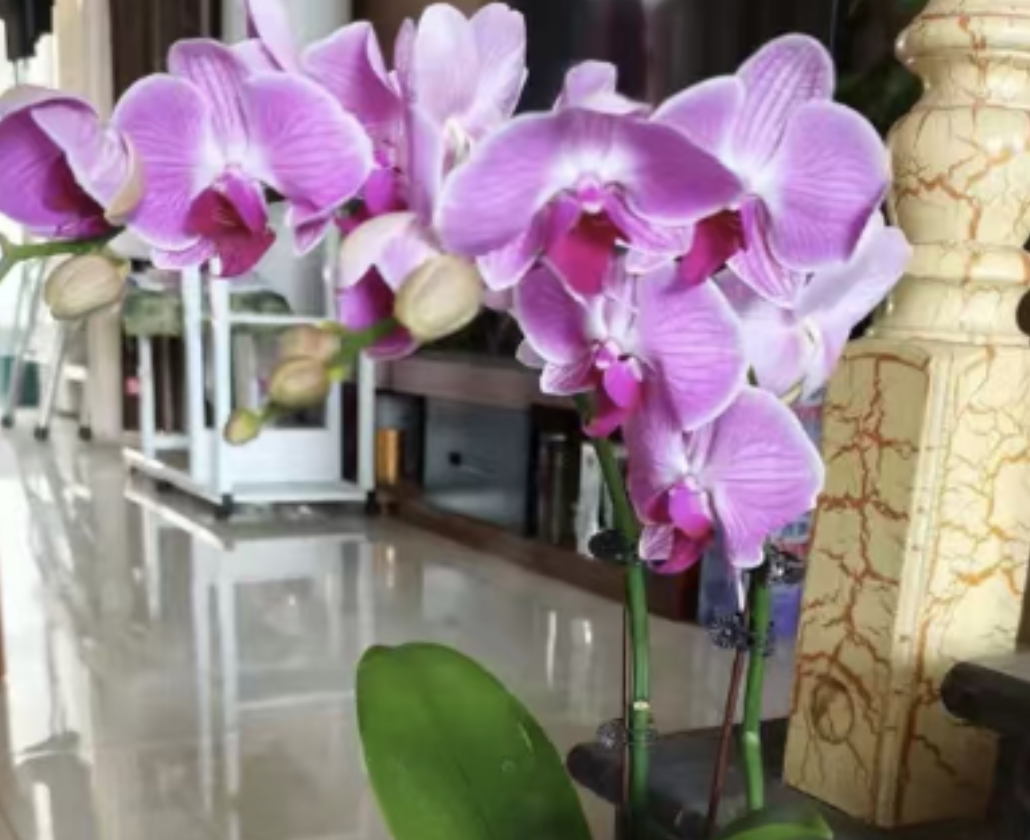Many friends often encounter difficulties in caring for Edgeworthia chrysantha after buying it home. Especially, the survival rate after transplantation is a problem that makes people feel extremely frustrated. Today, let's take a deep look at why Edgeworthia chrysantha is prone to death after transplantation and share some practical transplantation and care tips to help you successfully bring this beauty home.
The best time for transplanting Edgeworthia chrysantha is in spring. At this time, the temperature gradually rises and everything revives. It is the golden period for plant growth. Transplanting in spring is conducive to Edgeworthia chrysantha quickly adapting to the new environment, reducing the damage caused by transplantation and improving the survival rate.
Neither the high temperature and intense heat in midsummer nor the cold and frost in severe winter is an ideal time for transplanting Edgeworthia chrysantha. Transplanting under extreme weather conditions will intensify the stress response of the plant and reduce the survival rate.
Edgeworthia chrysantha likes loose, fertile and well-drained soil. Before transplantation, new soil should be prepared in advance and an appropriate amount of decomposed organic fertilizer should be mixed in to improve the soil structure and provide sufficient nutrients.
Before transplantation, prune Edgeworthia chrysantha appropriately, cutting off weak, overcrowded and leggy branches to reduce the transpiration of the plant, reduce water consumption after transplantation and improve the survival rate.
When digging up Edgeworthia chrysantha, try to retain the soil around the root system to form a soil ball to reduce root damage. At the same time, avoid transplantation on rainy days or when the soil is too wet to prevent the soil from loosening and damaging the root system.
According to the size of the root system of Edgeworthia chrysantha, dig a pit slightly larger than the soil ball. Put Edgeworthia chrysantha into the pit, adjust the position to make the root system naturally stretch. Then, backfill the soil and gently compact it to ensure that the root system is in close contact with the soil.
After transplantation, water thoroughly immediately to promote the integration of the root system and the soil. After that, water in time according to the soil moisture and weather conditions to keep the soil moist. During the vigorous growth period, an appropriate amount of compound fertilizer or organic fertilizer can be applied to meet the growth needs of the plant.
In the initial stage of transplantation, the root system of Edgeworthia chrysantha has not fully recovered and its adaptability to the environment is weak. At this time, appropriate shading should be provided to avoid direct sunlight and reduce water evaporation and leaf burns.
Maintaining good ventilation and air permeability in the transplantation environment is conducive to reducing the occurrence of pests and diseases and promoting the healthy growth of the plant.
After transplantation, closely observe the growth status of Edgeworthia chrysantha. If phenomena such as wilting leaves and yellow leaves are found, timely adjust the care measures, such as increasing the watering frequency and reducing the amount of fertilization.
Transplanting Edgeworthia chrysantha is not difficult. The key lies in mastering the correct transplantation timing, doing a good job in preparation before transplantation, carefully operating the transplantation process and taking good care after transplantation. As long as you operate according to the above methods, the survival rate can be greatly improved.
How to transplant Edgeworthia chrysantha correctly?

Share with
Tagged in :




Leave a Reply